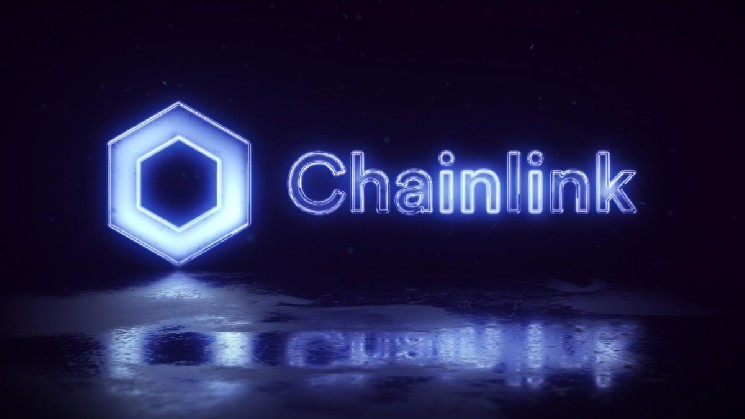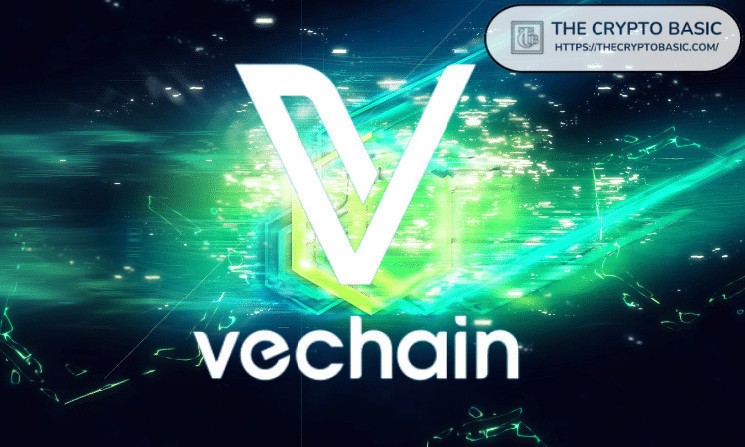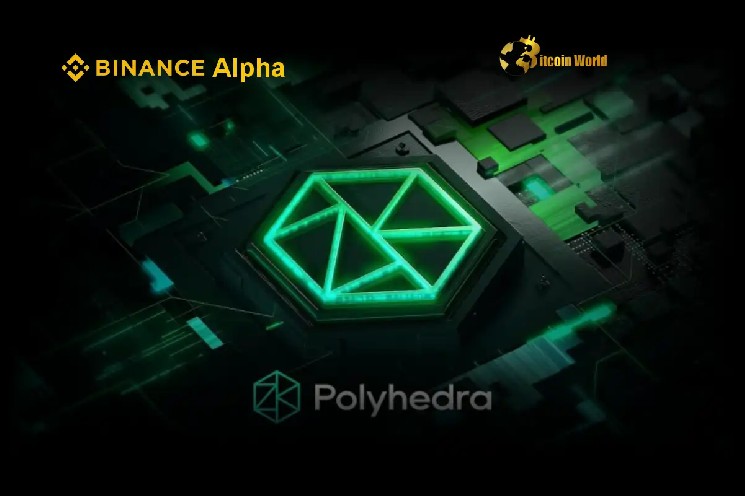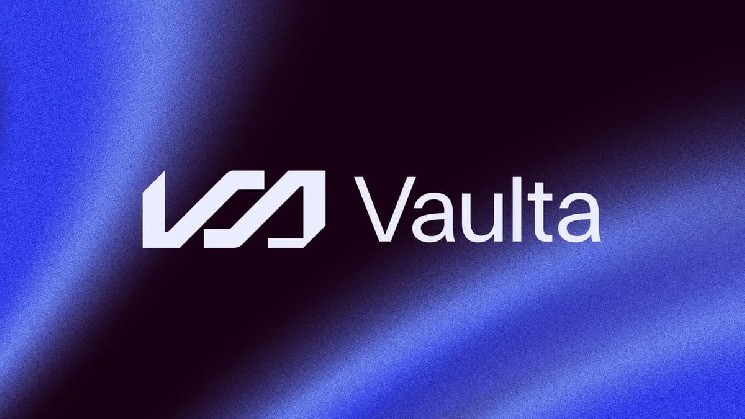- The utility of Chainlink as an Oracle chain is growing, beyond Web3.
- Chainlink’s developers are rolling out products to foster this decentralized interoperability.
Decentralized Oracle blockchain network Chainlink continues to push forward with real-world adoption. In a recent development, Chainlink has compiled a list of over 77 ways to use the network. The list ranges from capital markets to NFTs, Supply Chain, Insurance, Gaming, Utilities, Enterprise Systems, and more.
Chainlink Adoption in Capital Markets
According to a recent blog post, Chainlink has extended the blockchain’s capabilities beyond token transfers to encompass many functionalities. Chainlink now assists financial institutions in their crucial roles of issuance, settlement, and servicing assets.
The Oracle decentralized blockchain network fundamentally augments smart contracts’ capabilities. Smart contracts offer a new infrastructure layer that complements existing systems by enabling greater automation, transparency, and interoperability.
Smart contracts are an essential building block for modern financial products and services. They perform functions like tokenizing traditional assets, executing cross-chain settlements, and streamlining fund operations.
Chainlink provides the secure infrastructure needed to bring these use cases to life. The platform allows institutions to access high-quality data, connect to any blockchain, and interact with on-chain applications. This process occurs via a standards-based framework that integrates with the network’s operations.
Most financial institutions rely on standardized messaging protocols like SWIFT for asset servicing and communication. However, existing infrastructures are often disrupted, posing a major hurdle to adoption. This is where smart contracts permit tokenized asset transfers across blockchain environments without re-architecting backend systems.
SWIFT has collaborated with Chainlink to enable financial institutions to connect to any existing public or private chain. This integration utilizes SWIFT’s infrastructure and Chainlink Cross-Chain Interoperability Protocol (CCIP).
The successful collaboration demonstrated successful asset transfer across chains featuring participation from leading institutions, including Euroclear, Clearstream, ANZ, Citi, BNY Mellon, Lloyds Banking Group, SDX, and BNP Paribas.
As explained in our previous analysis, Chainlink operates through a decentralized node network that independently fetches data from various external sources. This data is then aggregated and conveyed to smart contracts, ensuring the integrity and reliability of the information.
Chainlink Facilitating External Payments
Typically, smart contracts can easily issue payments in the cryptocurrency of their native blockchain—for instance, Ethereum smart contracts issue payments in ETH. However, many businesses cannot afford the risk of holding volatile cryptocurrency assets on their balance sheet.
Given the wide variety of payment preferences, smart contracts need access to many payment options to adequately service global demand. Chainlink can facilitate various payment services by pushing outputs from smart contracts to external APIs.
The platform enables smart contracts to connect to existing banking systems. As a result, smart contract developers can seamlessly integrate information and services like consumer bank accounts, direct deposit, and other processes from global banks.
Chainlink recently introduced payment abstraction on the mainnet to reduce payment issues further. As discussed earlier, the aim is to automatically convert users’ fees into Chainlink’s native token, LINK.










Leave a Reply